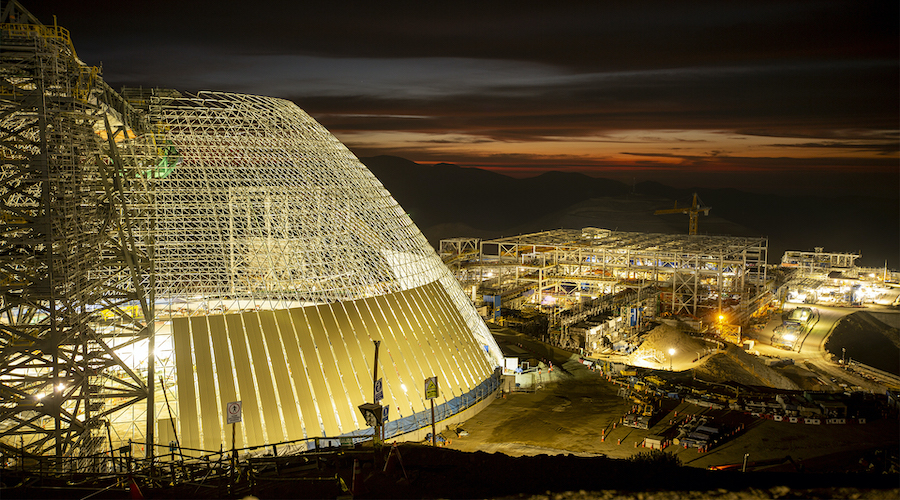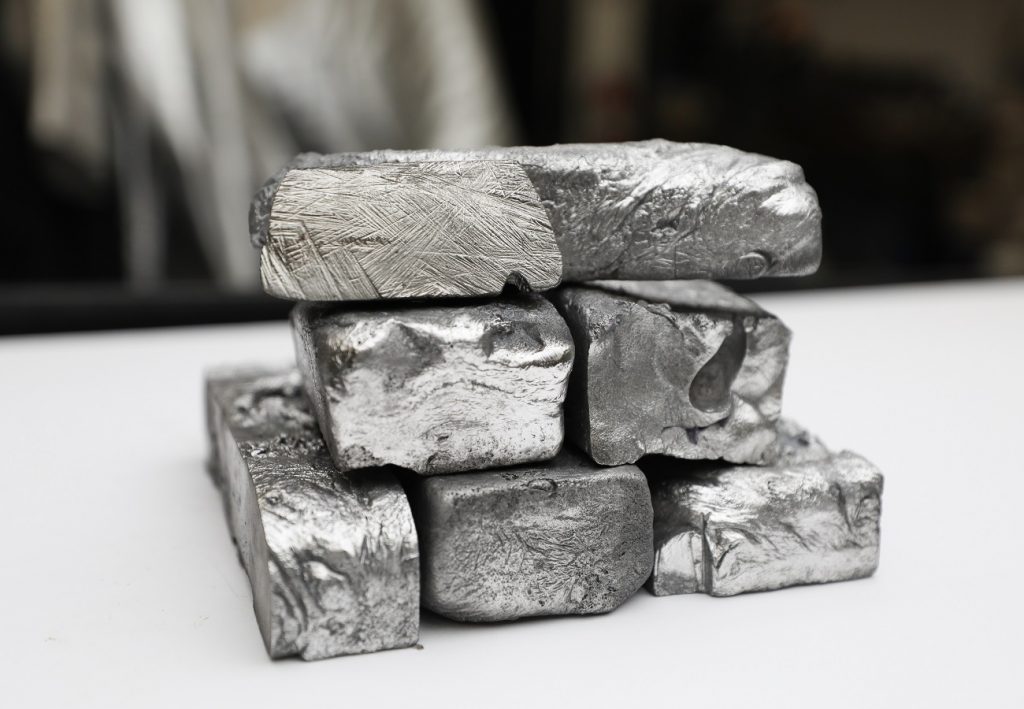Graphic: Disruptions raise the chance of copper supply tightness

Production disruptions in major copper producing regions Latin America and Africa have raised the stakes for a tighter market this year, but analysts say it is too soon to downgrade forecasts for global supplies.
Interruptions to supplies in Latin America combined with the easing of covid measures in top consumer China fuelled a rally in copper prices last month, taking them to a seven-month high of $9,550.50 a tonne.

Peru, the world’s second-largest copper producer, has seen social unrest escalate since early December, with key mines such as MMG’s Las Bambas and Glencore’s Antapaccay hit by road blockades and attacks by protesters.
The Andean nation accounts for about 10% of global mined copper supplies at 22 million tonnes last year, according to US Geological Survey.

In Panama, First Quantum Mine is in a dispute with the government over taxes, while in Democratic Republic of Congo, China’s CMOC is in a stand-off with state-miner Gecaminess about royalties from their Tenke Fungurume project.
Analysts typically factor in loss of production from disruptions at 5% of total mined copper supplies.
Wood Mackenzie analyst Nick Pickens said the risks to supply from Latin America are high. “But we already have over a million tonnes worth of disruption built into our mine supply forecast.”
“There are concerns around Tenke in Congo. But even with disruptions, we do see copper supplies growing.”

Mined copper supplies are expected to climb more than 5% this year to between 23 and 26 million tonnes this year due to new projects such as Anglo American’s Quellaveco in Peru, leaving the market with a small surplus.
“Peru is obviously a concern but so far production disruptions have not been that significant,” said Macquarie analyst Alice Fox.
“Logistics are impacting ability to transport supplies in and concentrates out, so the risks lie with the duration of the protests and road blockades but we note the government is working to clear these.”
However, analysts at Morgan Stanley, which also use a 5% disruption allowance, are convinced copper supplies will come under pressure this year.
“For 2023, we have set (the disruption allowance) at 5.5%, rising to 6.5% for 2024 to account for what we think are heightened supply-side risks,” they said in a note.
(By Pratima Desai; Editing by Kim Coghill)
{{ commodity.name }}
{{ post.title }}
{{ post.date }}


Comments
Kabanga
What is tge future for Cooper ?????